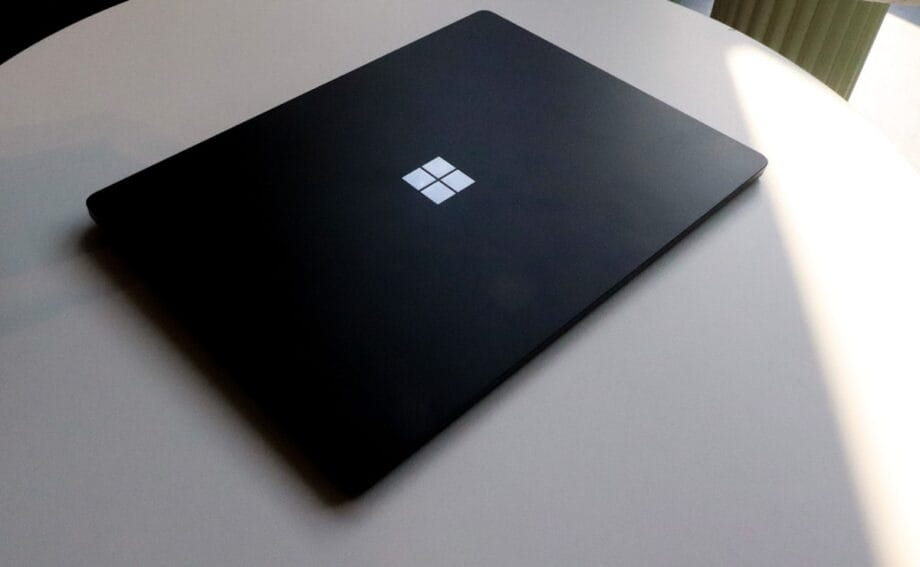Microsoft Addresses Long-Standing Windows 11 Update Bug
Microsoft has implemented a remedy in its latest preview builds aimed at rectifying a pervasive flaw associated with the “update and shut down” functionality.
This enduring complication, which has plagued users since the operating system’s inception, misled them into thinking their computers were powering down when updates were pending. Instead, devices would reboot unexpectedly, disrupting users’ sleep cycles with the din of whirring fans.
Since its discovery shortly after the launch of Windows 11 in 2021, this glitch has become a frequent subject of exasperation across online forums and social media platforms.
When selecting the “update and shut down” option from either the Start menu or Windows Update settings, users found themselves misled: while the system initiated a shutdown sequence, it instead installed updates and rebooted, often reappearing at the lock screen or desktop.
This behavior stemmed from the way Windows manages cumulative updates, which consolidate security patches, bug fixes, and feature enhancements.
If an update experienced even a minor setback during installation—such as a temporary file blockage or driver incompatibility—the system would automatically revert to a restart rather than executing a clean shutdown. This would trigger idle detection overnight, leading to yet another, often unwanted, installation attempt.
User complaints vividly illustrated the frustration felt by many. Home users recounted instances of discovering their machines humming in the middle of the night, with fans operating at full capacity to cool surging CPU and disk activity.
Meanwhile, office workers encountered workflow disruptions, as devices meant to be powered off engaged in update cycles during off-hours. This not only risked exposing sensitive data but also contributed to unnecessary power drainage.
While the glitch was not universal, it affected a substantial segment of Windows 11 installations, particularly those using older hardware, where update failures were more prevalent due to compatibility issues.
Insights into Microsoft’s Latest Patch
Microsoft acknowledged the issue in its Windows Insider preview blog dated September 29, 2025, unveiling Build 26220.6760 for the Dev Channel. The accompanying release notes succinctly stated: “Fixed an underlying issue which could lead ‘Update and shutdown’ to not actually shut down your PC after.”
This latest fix modifies the fundamental mechanisms of the shutdown process, ensuring pending updates no longer induce automatic restarts when a shutdown is expressly requested.
Preliminary testing within the Insider program has yielded promising results, with early feedback suggesting that PCs now successfully power down as intended, thereby interrupting the disruptive cycle.
Microsoft emphasized that this initiative is part of its broader commitment to enhancing the reliability of Windows Update. Preview builds, such as the present one, afford the company the chance to rectify issues prior to their integration into stable releases, anticipated in forthcoming monthly updates.

Currently, Insiders in the Dev or Beta channels can access the fix by navigating to Settings > Windows Update. Microsoft has cautioned that non-Insiders should refrain from participating, given the potential risks associated with preview software.
This resolution is a welcome reprieve for the Windows 11 user community, where the bug had significantly undermined confidence in the update process.
Power users and IT administrators, who often rely on scheduled shutdowns for maintenance, are poised to gain the most, alleviating the need for manual interventions that had previously been necessary.
As Windows 11 approaches its fourth anniversary, such enhancements highlight Microsoft’s dedication to refining the user experience amidst vigorous competition from macOS and Linux distributions.
Looking to the future, experts speculate this could lay the groundwork for more intelligent update controls, including customizable shutdown options or AI-driven failure predictions.
For everyday users, the essential takeaway is straightforward: the next time prompted for an “update and shut down,” it should accurately reflect the intended action. With this fix currently under evaluation, a stable rollout is projected for late 2025, promising to restore tranquility to late-night computing.
Source link: Cybersecuritynews.com.






